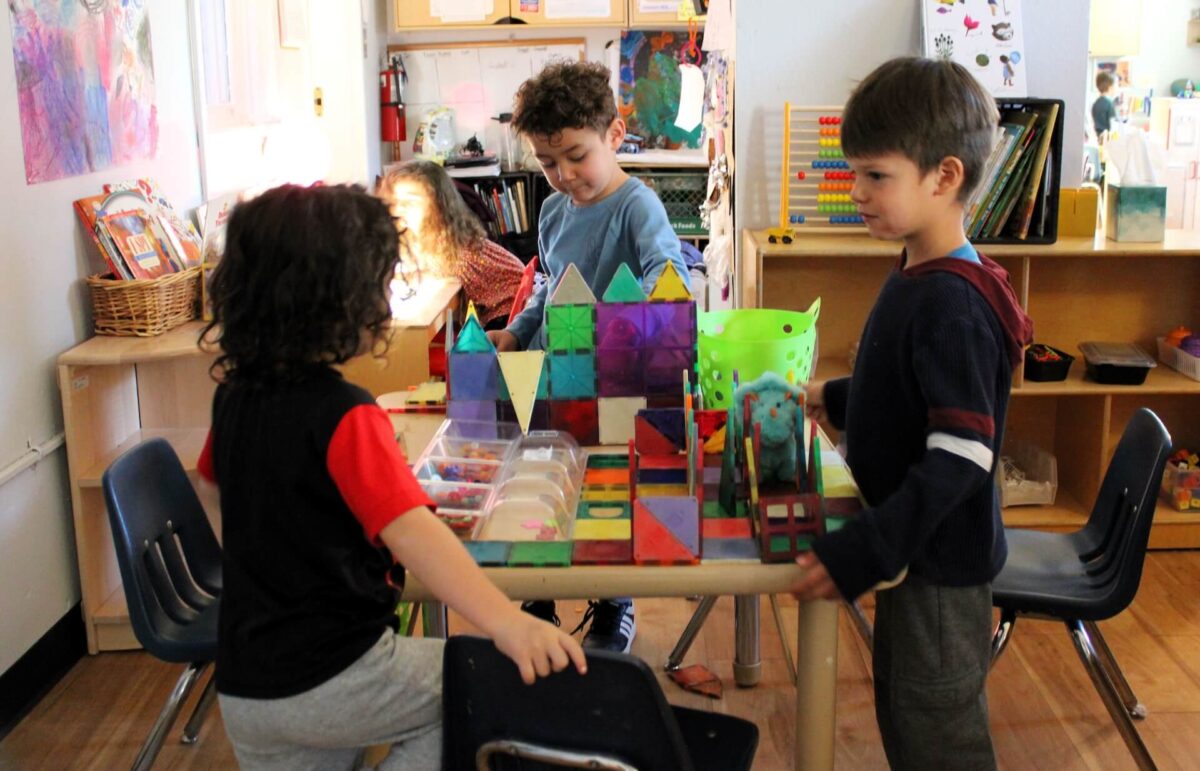ECECD hosts first-ever strategic planning retreat with New Mexico Head Start Association
ALBUQUERQUE, NM – On May 13 and 14, the New Mexico Early Childhood Education and Care Department (ECECD) and the New Mexico Head Start Association convened leadership from Head Start and Early Head Start programs from across the state, both Regional and Tribal Head Start, for a two-day strategy and planning retreat. This summit marks the first time that the State of New Mexico’s early childhood system and federal Head Start recipients have met to plan and strategize how to strengthen collaboration and partnerships and better align programs and services to meet the needs of children and families.
“Like so many other New Mexicans, Head Start has had a profound impact on the trajectory of my life, equipping me with the skills and confidence I needed to thrive in school and beyond,” said New Mexico Lt. Governor Howie Morales. “New Mexico has much to learn from Head Start as we build a world class early childhood system for children and families in our state. We are confident that continued collaboration between our programs will make us both stronger and more effective in furthering our shared vision for New Mexico.”
“This is a historic moment for New Mexico,” said ECECD Cabinet Secretary Elizabeth Groginsky. “We were thrilled to be in community with the state’s Tribal and Regional Head Start and Early Head Start programs to dream and plan together on how we can achieve our collective hopes and aspirations for families and children in New Mexico. The theme of our retreat, Leading the Nation, Building the Future TOGETHER!, emphasizes strong federal, state, and local partnerships – the key to a robust, family-centered mixed delivery system.”
“For nearly 60 years, Head Start has supported generations of children from low-income families with programs and services proven to enhance social-emotional development, cognition, and school readiness,” said Crystal Peña, President of the New Mexico Head Start Association. “This summit has cemented cooperation and coordination between the federal, state, and local early childhood systems in New Mexico, laying the groundwork for years of fruitful collaboration moving forward.”
More than 100 leaders representing Head Start recipients from around the state joined ECECD leadership, and local early childhood system building coalition leaders and Early Childhood Tribal Advisory Coalition leaders for two days of discussion and planning, sharing perspectives, exchanging ideas, and providing input that will shape the state’s prenatal-to-five early childhood system. Featured speakers included Khari Garvin, Director of the Office of Head Start, Administration for Children and Families, U.S. Department of Health and Human Services; and New Mexico Lt. Governor Howie Morales, a former educator, Head Start alumnus, and one of the architects of New Mexico’s groundbreaking early childhood system.
Because of the integral role that Head Start plays in the New Mexico early childhood ecosystem, ECECD has prioritized collaboration with Head Start and actively sought out ways the agency can support their important mission. Since ECECD’s founding in 2021, it has:
- Distributed 88 emergency stabilization grants totaling more than $10 million to support New Mexico Head Start programs during the COVID-19 pandemic.
- Supported competitive compensation and enhanced credentials for Head Start staff through incentive payments, pay parity programs, and scholarships.
- Integrated NM PreK into existing Head Start programs by funding 1,024 NM PreK slots in 56 Head Start classrooms and providing dual enrollment opportunities for 892 children and blended enrollment for an additional 132 children.
- Offered New Mexico PreK grants to Tribal Head Start programs, which created capacity for 554 additional children across five Tribal communities.



